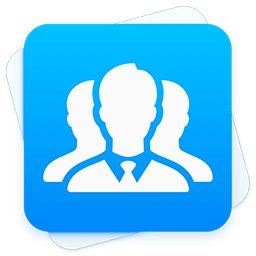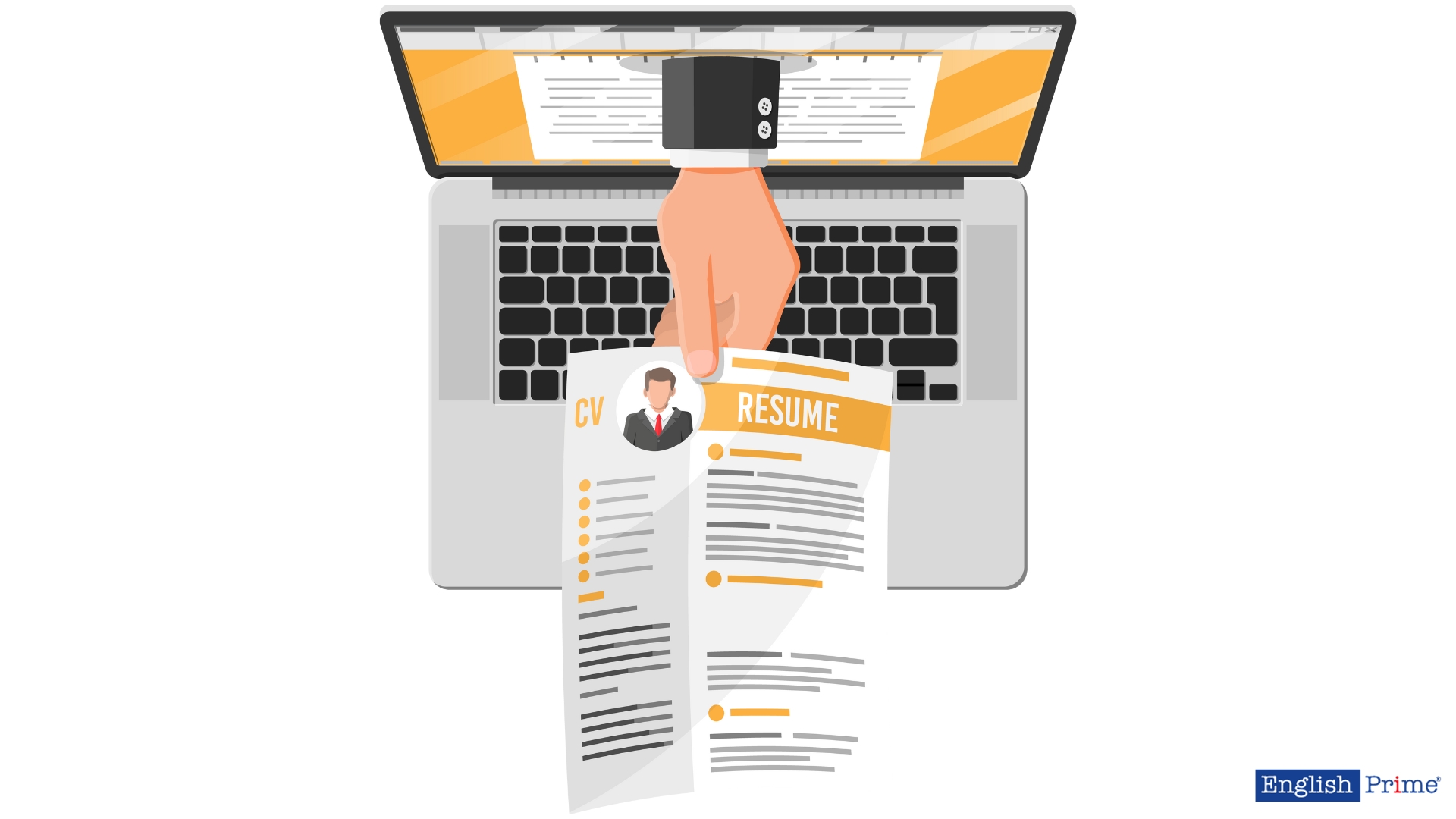Remote work is no longer an exception — it’s a defining feature of the modern labor market. From global startups to multinational corporations, companies increasingly prioritize flexible, location-independent collaboration. But as competition rises, the resume — once a simple career summary — must now become a carefully tailored representation of your remote-readiness: your ability to self-manage, communicate virtually, and thrive in digital environments.
A resume for remote work is not about showing where you have been — it’s about showing how you can perform anywhere.
Understanding the Remote Hiring Mindset
Employers recruiting for remote positions evaluate candidates differently than those hiring for in-office roles. While traditional resumes focus on job titles and tenure, remote recruiters seek proof of independence, accountability, and digital communication fluency.
The Shift in Priorities
In traditional roles, an employer might value punctuality, teamwork, and presence in the office. In remote hiring, these are replaced by time management, written clarity, and asynchronous collaboration. The ability to work effectively without supervision is no longer optional — it is the foundation.
Remote employers ask:
-
Can this person stay organized without constant oversight?
-
Are they skilled at expressing ideas clearly through digital channels?
-
Do they have the technical comfort to troubleshoot issues on their own?
Your resume should answer “yes” to all of these — not just through skills sections, but through every line of your professional story.
The Digital-First Impression
Recruiters today often see your resume on a screen before ever meeting you — and sometimes, AI tools scan it first. Formatting, keyword optimization, and clarity have become crucial.
An ATS (Applicant Tracking System) may filter candidates by words like remote collaboration, Zoom facilitation, self-management, or digital project tools. Without these, even a qualified professional may never reach a human reader.
Thus, a resume for remote jobs serves two audiences:
-
Machines — algorithms screening for digital skills and keywords.
-
Humans — managers looking for authentic, confident communication.
Striking that balance defines success.
Structuring a Remote-Ready Resume
The strongest resumes follow a clear structure that emphasizes adaptability, results, and tech literacy. Unlike traditional resumes, they may include specific sections for remote skills, tools proficiency, and virtual achievements.
Core Components of a Remote Resume
| Section | Purpose | Example of Remote Focus |
|---|---|---|
| Header | Show your contact info and location flexibility | “Open to Global or Hybrid Roles” |
| Professional Summary | Highlight remote skills and attitude | “Remote marketing strategist with 5+ years leading distributed teams across 3 time zones.” |
| Key Skills | Emphasize digital and communication strengths | “Asynchronous collaboration, Slack/Notion proficiency, virtual presentation skills” |
| Work Experience | Demonstrate autonomy and results | “Managed cross-border design projects fully remotely using Trello and Zoom.” |
| Technical Tools | Showcase platform fluency | “Microsoft Teams, Jira, Asana, Google Workspace, Zoom, Miro” |
| Education / Certifications | Include remote-related learning | “Certified in Remote Team Management (Coursera, 2025)” |
This structure tells the reader immediately that you understand how remote work functions — and that you’ve already succeeded in it.
The Role of the Professional Summary
Think of your summary as your virtual handshake. In two or three sentences, capture not just what you do, but how you work remotely. For instance:
“Results-oriented content manager experienced in remote leadership and cross-cultural communication. Skilled in optimizing digital workflows and maintaining team cohesion across time zones.”
This opening line sets the tone, showing you’re both competent and remote-savvy.
Highlighting Remote Experience in Past Roles
Even if you’ve never held a fully remote job, many roles now include digital collaboration elements — online meetings, project tracking, client communication. Identify and reframe those elements:
-
“Collaborated with international clients via Slack and Google Meet.”
-
“Led weekly virtual training sessions for regional staff.”
-
“Used Asana and Zoom to coordinate cross-functional campaigns.”
By articulating your remote components, you transform a standard job history into a globally relevant portfolio.
Demonstrating Remote Competence Through Skills and Results
Employers hiring remotely must trust you without ever meeting you in person. Thus, your resume becomes not just an introduction — it’s your first proof of credibility and autonomy.
Essential Remote-Work Skills
There are four categories every remote-focused resume should highlight:
-
Self-Management — time organization, discipline, accountability.
-
Digital Communication — clarity in writing, meeting etiquette, asynchronous tools.
-
Technical Proficiency — comfort with collaboration platforms and cloud tools.
-
Cross-Cultural Collaboration — ability to navigate international teams and varying work styles.
Examples of Skill Phrasing
Instead of vague claims like “Good communicator,” try:
-
“Delivered client updates via Slack with 24-hour turnaround.”
-
“Documented project workflows using Notion and shared dashboards.”
-
“Led remote brainstorming using Miro whiteboards.”
These specifics translate general competence into measurable reliability.
Quantifying Achievements
Numbers add credibility. Remote work, especially, relies on outcomes, not hours spent. Instead of describing duties, describe impact:
-
“Reduced onboarding time by 30% through an online knowledge base.”
-
“Coordinated remote marketing campaign generating 200K impressions.”
-
“Maintained 98% client satisfaction while managing asynchronous communication.”
Employers read such metrics as proof of both discipline and technical skill.
Integrating Remote Tools Naturally
Rather than listing endless platforms, integrate them contextually:
“Developed brand assets collaboratively using Figma, Slack, and Trello — maintaining real-time visibility across remote contributors.”
This demonstrates active usage, not just awareness — a subtle but crucial distinction.
Adapting Tone, Design, and Delivery for the Virtual World
A remote resume must look and read like it belongs in a digital environment. Its design and tone convey not only professionalism but also modernity and adaptability.
Clean, Minimal, Screen-Friendly Design
Forget dense text blocks. Use:
-
clear headers and spacing;
-
consistent font hierarchy;
-
bullet points for readability;
-
soft color highlights for section contrast.
Your resume should be optimized for screens, not printers. PDF format is still standard, but ensure the file is lightweight and visually balanced on both desktop and mobile devices.
Keywords and SEO Logic
Many companies now use AI or keyword filters even at early screening stages. Include industry-relevant and role-specific terms naturally throughout your resume. For remote jobs, focus on:
remote collaboration, asynchronous workflow, distributed team management, digital productivity tools, self-direction, cross-time-zone communication.
However, avoid keyword stuffing. Use each in context so the document reads human, not mechanical.
Emphasizing Soft Skills Digitally
In the absence of physical presence, tone and language replace body language. Choose verbs that imply initiative, reliability, and clarity — coordinated, implemented, facilitated, streamlined.
Avoid ambiguous phrasing like “helped with” or “involved in.” Remote work values ownership. Show that you led or completed tasks independently.
Design Consistency Across Platforms
If you maintain a LinkedIn profile or online portfolio, ensure visual and verbal consistency. Recruiters often compare profiles; a polished alignment strengthens credibility.
Your digital ecosystem — resume, profile, and personal site — should all tell the same story:
“This candidate knows how to work and communicate effectively online.”
From Application to Interview: The Resume as a Digital Conversation
Writing a resume for remote work is more than formatting — it’s about anticipating questions that remote employers will ask later. A strong resume can guide the entire hiring process.
The Resume as a Reflection of Remote Etiquette
Your writing style on the resume itself models your communication ability. Clear structure and concise bullet points imply time efficiency and written discipline — both crucial for remote collaboration.
If your resume feels scattered or verbose, it subconsciously signals poor organization. Conversely, a concise, well-formatted document suggests you understand how to communicate asynchronously — the remote professional’s most essential skill.
Bridging the Gap Between Resume and Interview
A well-written resume should naturally lead into discussion topics for interviews:
-
Self-management: “Can you describe how you structure your remote workday?”
-
Technical skills: “Which tools have you found most effective for collaboration?”
-
Cultural adaptability: “How do you manage communication across different time zones?”
If your resume already references these areas, you’ve pre-framed the conversation. You control the narrative, demonstrating both preparedness and self-awareness.
Continuous Updating and Adaptation
Remote work tools evolve fast. The best remote professionals treat their resumes as living documents — updated as new platforms, skills, and experiences emerge.
Every few months, review:
-
Have I learned a new collaboration tool?
-
Have I led a virtual project or training session worth mentioning?
-
Have I improved a process that can be quantified?
Keeping your resume fresh signals an ongoing commitment to growth — exactly what remote employers seek.
Conclusion: Your Resume as a Proof of Remote Professionalism
In a world where geography is irrelevant, your resume becomes your digital passport. It tells employers not just what you’ve done, but how you operate in a borderless, tech-driven environment.
A strong remote resume is built on four pillars:
-
Clarity — clean design, structured sections, readable formatting.
-
Relevance — focus on autonomy, digital literacy, and communication.
-
Credibility — quantified results and concrete examples.
-
Consistency — alignment between your resume, online profiles, and personal brand.
Ultimately, a resume for remote work does not simply say, “I can do the job.” It says:
“I can excel anywhere — with structure, initiative, and digital fluency.”
In the coming years, as hybrid and remote models continue to dominate, this kind of resume will no longer be optional. It will be the new professional standard — a reflection of how well you manage your time, communicate your value, and collaborate across the invisible bridges of the digital world.

